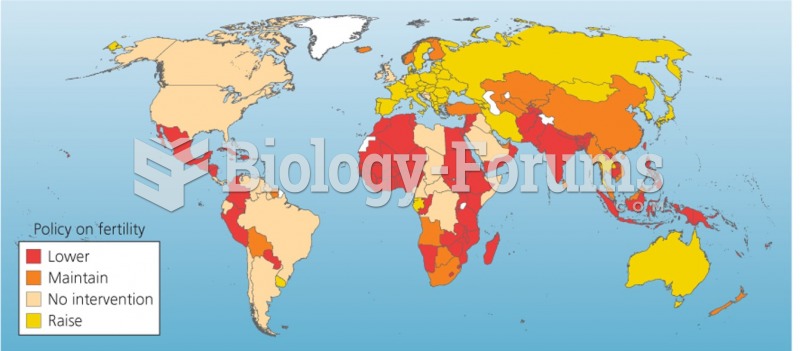Answer to Question 1
Answer: Inclusionary immigration policies are those that recognize that most immigration benets the host economy and that immigrants contribute as much as regular citizens by paying taxes, observing the law, and even serving in the militaries of their new country. Some immigrants bring professional skills that are in high demand in the destination country or contribute to economic growth. Others represent international business interests with considerable investments that appeal to the host country. In some places, immigrants are also encouraged to maintain their mother tongue and culture.
In contrast, many countries view migrants suspiciously out of concern for undocumented immigration, security threats, or the movements of illegal materials. Some governments are concerned that immigrants will themselves become a burden on public resources, take away jobs from residents, or bring unwanted cultural change. While many of these fears are overblown, citizens expect their countries to control migration at their borders. These countries may adopt anti-immigration or exclusionary policies that punish migrants and those that hire them. Populist outrage and violence against immigrants may be considered an extension of such policies.Many countries view migrants suspiciously out of concern for undocumented immigration, security threats, or the movements of illegal materials. Some governments are concerned that immigrants will themselves become a burden on public resources, take away jobs from residents, or bring unwanted cultural change. While many of these fears are overblown, citizens expect their countries to control migration at their borders (Figure 6.10.1). These countries may adopt anti-immigration or exclusionary policies that punish migrants and those that hire them. Populist outrage and violence against immigrants may be considered an extension of such policies.
Answer to Question 2
Answer: Economically advanced countries, especially the United States, have record high numbers of people trying to enter to nd work. An estimated 300,000 undocumented immigrants entered the United States in 2009, most along the nearly 2,000 mile-long U.S.-Mexican border guarded by about 17,000 federal agents. The Pew Hispanic Center estimated that there were 11.2 million unauthorized immigrants living in the United States in 2010, a number that has been steadily rising in the last few decades.
It is estimated that approximately 60 percent of undocumented immigrants come from Mexico. The remainder are about evenly divided between other Latin American countries and other regions of the world. The undocumented immigrants include about 1 million children. Approximately 8 million undocumented immigrants are employed in the United States, accounting for around 5 percent of the total U.S. civilian labor force, usually in low wage positions.
The two states with the most illegal immigrants are California and Texas. Nevada has the largest percentage.







